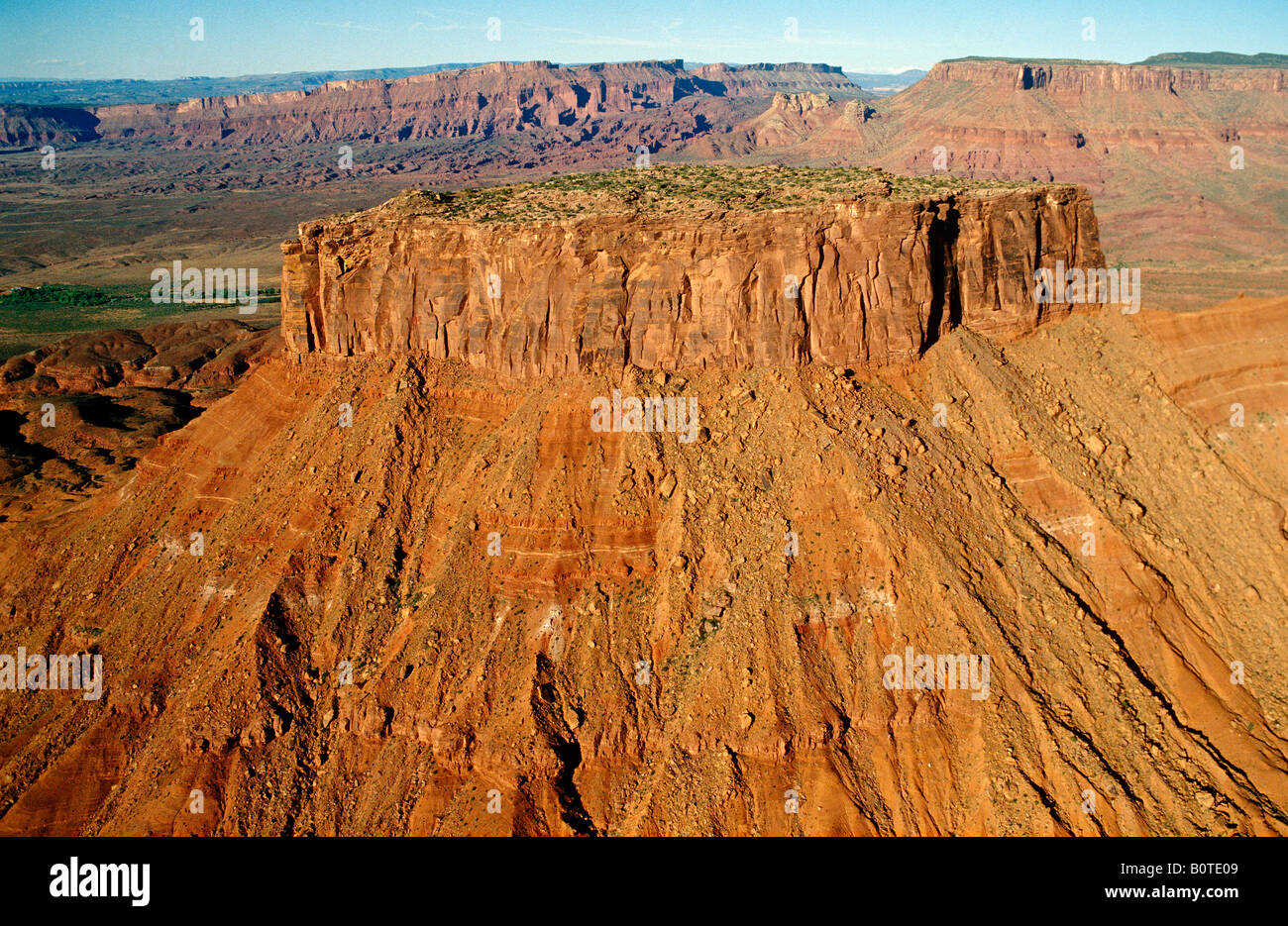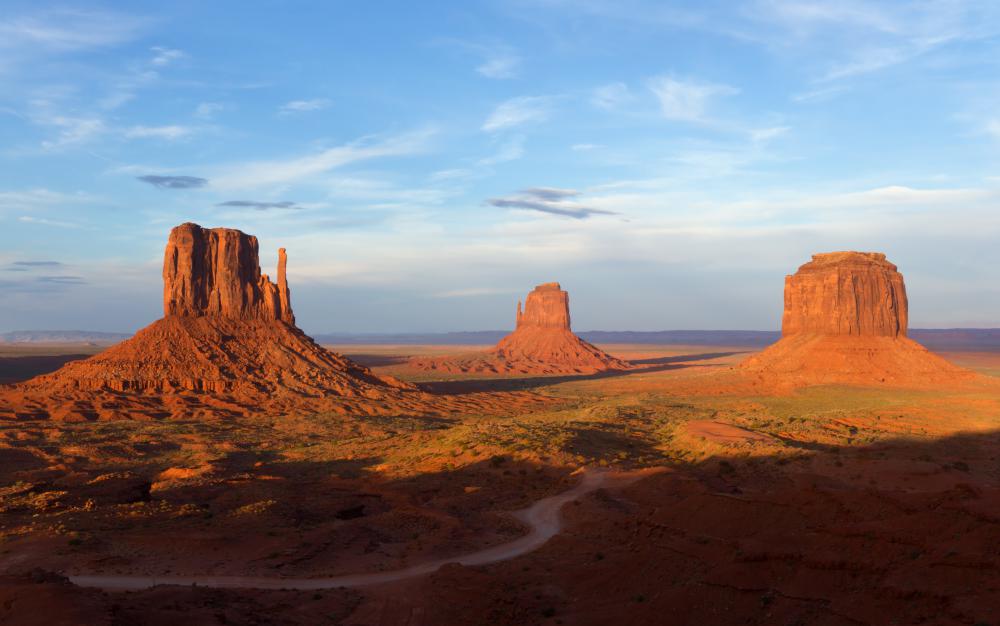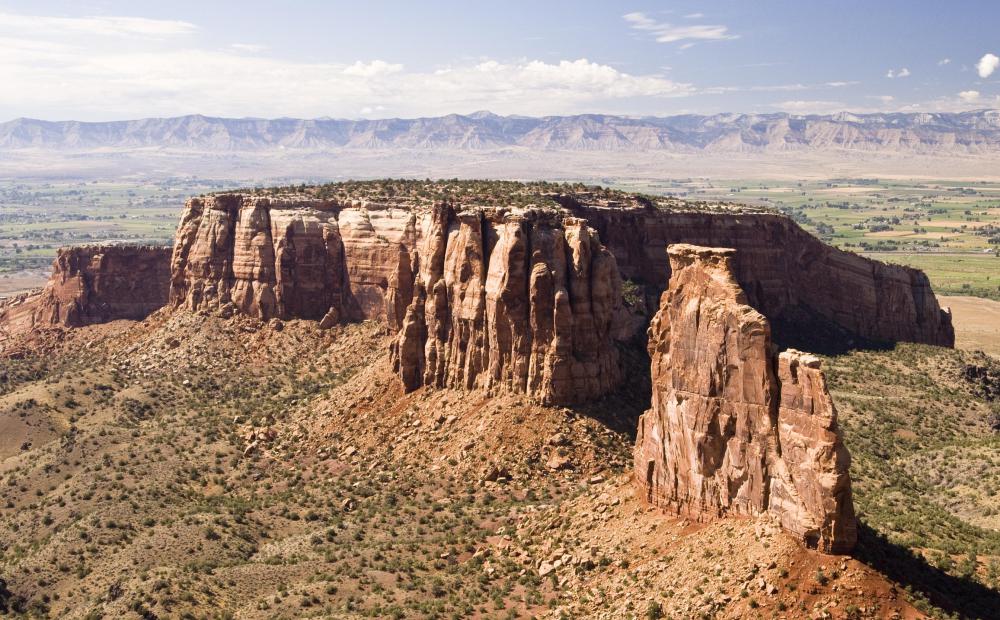
Here’s a 1200-word article for a travel blog, directly reviewing the experience of connecting with Plateau Native American root gathering traditions and their "maps."
>
Unearthing Ancient Wisdom: A Traveler’s Guide to the Plateau’s Root Gathering Maps
Step onto the vast, open canvas of the Columbia River Plateau, and you’re not just entering a landscape; you’re stepping into a living archive. This isn’t about GPS coordinates or laminated trail guides. This journey is about unlocking the "root gathering maps" of the Plateau Native American tribes – an intricate, intergenerational system of knowledge etched into the land itself, rather than printed on paper. For the discerning traveler seeking more than just scenic vistas, this region offers an unparalleled opportunity to connect with profound cultural heritage, sustainable practices, and the deep, enduring wisdom of the land’s original stewards.

The Plateau, stretching across parts of Washington, Oregon, Idaho, Montana, and British Columbia, is often overlooked for its more famous Pacific Coastline or Rocky Mountain peaks. Yet, its beauty is undeniable: rolling sagebrush hills giving way to ponderosa pine forests, dramatic river canyons carved by the Snake and Columbia, and the vast, silent expanse of skies that stretch to forever. But beneath this surface beauty lies a deeper story, a narrative of sustenance and survival woven into the very soil. For millennia, the Plateau tribes – including the Nez Perce, Yakama, Umatilla, Colville, and Spokane, among others – thrived on the abundance of root vegetables, a cornerstone of their diet and culture. These roots weren’t just food; they were medicine, trade goods, and symbols of community and ceremony.
The Living Pantry: Key Root Gatherings
To understand the "maps," one must first understand the "treasures" they point to. The Plateau’s ethnobotanical landscape is rich, but a few roots stand out for their historical and cultural significance:
-
Camas (Camassia quamash): Perhaps the most iconic. In late spring, vast meadows across the Plateau explode with a sea of brilliant blue-purple flowers, signaling the camas harvest. Beneath these stunning blossoms lies a sweet, onion-like bulb. Rich in complex carbohydrates, camas was a dietary staple, often pit-roasted for days to convert its inulin into fructose, creating a sweet, molasses-like consistency. Imagine entire communities converging, women with their digging sticks, meticulously turning the soil, singing, laughing, and sharing stories – a true communal feast and celebration of life.
-

Bitterroot (Lewisia rediviva): A small, unassuming plant with delicate pink flowers that bloom briefly in early spring. Its name is apt; the root is intensely bitter when raw, but when properly prepared – boiled, dried, and sometimes pounded – it becomes a highly nutritious and revered food. Bitterroot thrives in rocky, open areas, demanding a keen eye and patient hand to find. It was often dried and stored for winter, a testament to its value and the effort involved in its preparation.
-
Biscuitroot (Lomatium species, e.g., Lomatium canbyi, Lomatium macrocarpum): A diverse genus, often referred to as "cous," "kouse," or "kahs." These roots vary in flavor and texture but were generally dried and pounded into flour, used to make nutrient-dense bread and gruel. Biscuitroot plants often have feathery leaves and yellow or white flowers, growing in drier, open slopes. Their widespread distribution made them a reliable food source across the region.
-

Wapato (Sagittaria latifolia): Also known as "duck potato," this aquatic tuber was gathered from shallow wetlands and marshes. Its starchy, potato-like corms were a significant food source, especially in riverine areas. The gathering of wapato often involved wading into cold water, using toes to dislodge the tubers, which would then float to the surface – a unique and often challenging harvest.

Beyond Topography: The "Maps" of Traditional Ecological Knowledge
These "root gathering maps" are not paper charts. They are intricate, multi-layered systems of Traditional Ecological Knowledge (TEK) – deep understanding of the environment, passed down orally, through practice, and by example, for thousands of years. They encompass:
- Phenology: Knowing precisely when each root is ready for harvest. Camas after the bloom, bitterroot before, biscuitroot throughout spring. This involves observing plant growth cycles, insect activity, weather patterns, and even the behavior of animals.
- Topography & Microclimates: Understanding specific slopes, soil types, sun exposure, and water availability that favor particular plants. A sunny, well-drained south-facing slope might yield abundant bitterroot, while a moist meadow is prime for camas.
- Sustainable Harvesting Practices: Crucially, these maps include instructions on how to gather without depleting the resource. Digging with pointed sticks aerates the soil, and leaving smaller roots or replanting offsets ensures future harvests. This wasn’t just survival; it was stewardship, a sacred contract with the land.
- Spiritual & Cultural Significance: The maps also contain the stories, songs, ceremonies, and protocols associated with each plant. The first root ceremony, for example, honored the plants and expressed gratitude, reinforcing the deep spiritual connection between people and their food sources.
- Community & Kinship: The knowledge of where and when to gather was shared within families and communities, reinforcing social bonds and ensuring collective well-being. These maps were, in essence, guides to community survival and cultural continuity.
A Traveler’s Journey into the Past and Present
How does a modern traveler engage with these ancient maps? It’s a journey of respectful observation, cultural immersion, and deep appreciation.
-
Cultural Centers & Museums: Begin your exploration at institutions like the Yakama Nation Cultural Heritage Center & Museum in Toppenish, Washington, or the Nez Perce National Historical Park sites spread across Idaho, Oregon, and Washington. These centers offer invaluable interpretive exhibits, traditional plant gardens, and often host cultural events where you can learn directly from tribal members about ethnobotany, history, and ongoing traditions. The Tamástslikt Cultural Institute near Pendleton, Oregon, is another exceptional resource, providing a comprehensive view of the Umatilla, Cayuse, and Walla Walla peoples’ heritage.
-
Interpretive Trails: Many state and national parks within the Plateau region feature interpretive trails that highlight native plants. While direct root gathering by the public is generally prohibited and culturally inappropriate, these trails offer a chance to identify the plants in their natural habitat. Look for signs describing their traditional uses. Walking these trails, you begin to see the land through different eyes, recognizing the clues that once guided entire communities. Imagine the vivid colors of a camas field, or the subtle beauty of bitterroot in a rocky outcrop.
-
Local Expertise & Guided Tours (Ethical Engagement): Seek out opportunities for guided tours led by tribal members or local ethnobotanists. These experiences, when available, offer unparalleled insights, allowing you to learn about plant identification, traditional uses, and the cultural context directly from those who hold the knowledge. Always ensure these opportunities are respectful, support local communities, and adhere to tribal protocols. Avoid any "foraging tours" not sanctioned by local tribes, as this can be disrespectful and harmful to sensitive ecosystems.
-
Responsible Observation: The act of simply observing the landscape with a newfound awareness is powerful. Visit in spring to witness the bloom of camas or bitterroot. Notice the different ecological zones and imagine how people would have moved through them seasonally, following the rhythm of the plants. The vastness of the Plateau, its quiet dignity, speaks volumes about the enduring connection between people and place.
Walking in Ancient Footsteps: A Profound Connection
There’s a unique sense of peace and reverence that comes from standing in a camas meadow, knowing that generations of women gathered here, their lives intrinsically linked to this ground. Or imagining a small group carefully digging for bitterroot on a windswept ridge. It’s a connection to a timeline far beyond our own, a reminder of the ingenuity, resilience, and deep spiritual connection that defined life on the Plateau for millennia.
The wind whispering through the sagebrush, the distant call of a hawk, the subtle shift in soil underfoot – these are the echoes of the "root gathering maps." They teach us not just about plants, but about reciprocal relationships, about living in harmony with the environment, and about the invaluable wisdom embedded in traditional knowledge systems.
Challenges and the Call to Preserve
Today, the lands that once held these abundant root gathering grounds face numerous challenges: development, agriculture, invasive species, and climate change all threaten the delicate ecosystems that sustain these vital plants. Tribal communities are at the forefront of conservation efforts, working to restore habitats, preserve traditional knowledge, and ensure future generations can continue these practices.
As a traveler, your role is one of respect and support. Choose to visit cultural centers, purchase authentic tribal arts, and educate yourself on the history and ongoing issues facing Plateau tribes. By doing so, you contribute to the preservation of these invaluable "maps" – not just as historical artifacts, but as living, breathing guides to a sustainable future.
Conclusion: A Journey of Unearthing
Exploring the Plateau’s root gathering maps is more than a nature hike; it’s an immersive cultural pilgrimage. It’s an invitation to slow down, observe, and learn from a heritage that sees the land not as a resource to be exploited, but as a generous provider, a sacred relative. It’s an experience that leaves you with a profound appreciation for the intricate web of life, the resilience of Indigenous cultures, and the timeless wisdom that continues to thrive in the heart of the American West. Pack your curiosity, open your mind, and prepare to unearth a journey unlike any other.
